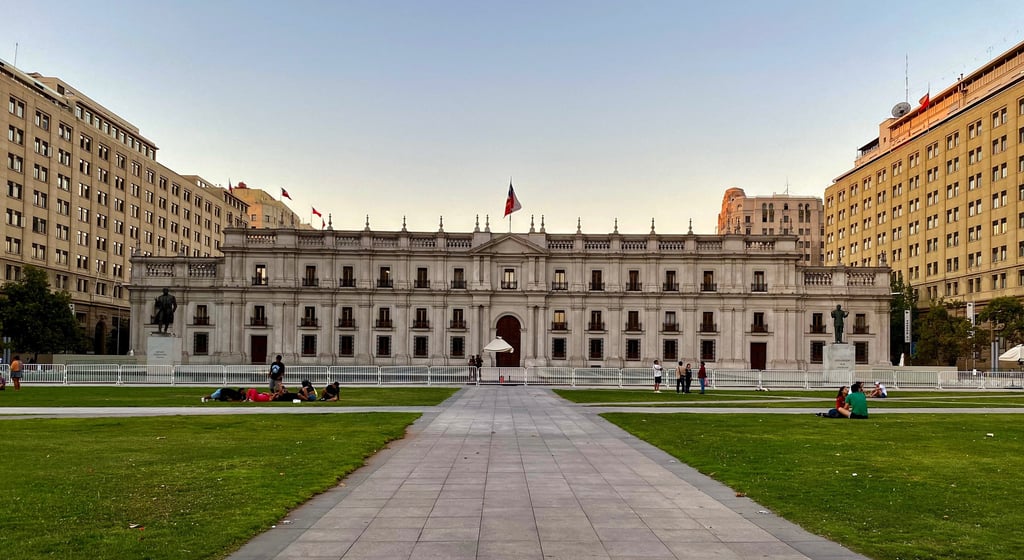Things to Know Before You Go to Santiago, Chile


Santiago Should Be on Your Travel Radar
Founded in 1541 by the Spanish, Santiago is the capital city of Chile and the third largest city in South America (after São Paulo in Brazil and Buenos Aires in Argentina). The Santiago Metropolitan Region currently has a population of about 6.7 million.
Many visitors to Santiago quickly pass through Santiago on their way to other parts of the country, but for those who give it a chance, this vibrant city has a lot to offer.
Santiago's skyline is a mix of historic and modern architecture, with colonial era buildings standing next to shiny modern high-rises. The Andes provide a breathtaking backdrop to the cityscape, creating a dramatic contrast between the urban landscape and natural surroundings. Several lookouts around the city provide incredible views of the city and mountains. The city also has several interesting neighbourhoods with distinct personalities and very friendly locals, as well as bustling markets, colourful street art, and a diverse food scene. The port city of Valparaiso, a UNESCO World Heritage Site, is only 90 minutes drive away and an easy day trip from Santiago.
Santiago has something for all kinds of travellers whether you are a history buff, culture vulture, nature lover or foodie. For more information to help plan your trip, check out the Wander Yonder YouTube video below for an overview of Santiago, Chile, including travel highlights of the best things to see, do and eat in this vibrant city.
Santiago is Generally Safe for Tourists
Although Santiago is generally considered to be fairly safe, it does experience petty crime and muggings. Be mindful of your belongings and surroundings at all times - and avoid doing anything that will make you a target, including wearing expensive jewellery, or flashing your expensive phone or camera. Extra precaution should always be taken at night to avoid being alone on dark empty streets. I recommend using Uber to get around the city at night as it is reasonably priced, easy to use, safe and reliable.
Tap Water is Safe to Drink
Unlike many other cities in South America, the tap water is generally considered to be safe to drink in Santiago. However, your system may need to adjust to the high mineral content which can upset some stomachs. I had no problems drinking the tap water during my entire month-long stay in Santiago, nor did I have any stomach problems with the food and drink served in restaurants, cafes and bakeries throughout the city.
Money Matters
The Chilean peso is the official currency. Many local ATMs charge very high fees ($10-12) for cash withdrawals so I suggest trying to limit your withdrawal transactions as much as possible. Credit cards are widely accepted at restaurants, cafes and bars, and I never had any issues using my phone to tap for credit card payments. However, be prepared for higher prices compared to many other countries in the region, though most prices are still lower than those we see in Canada, the United States and Europe.

